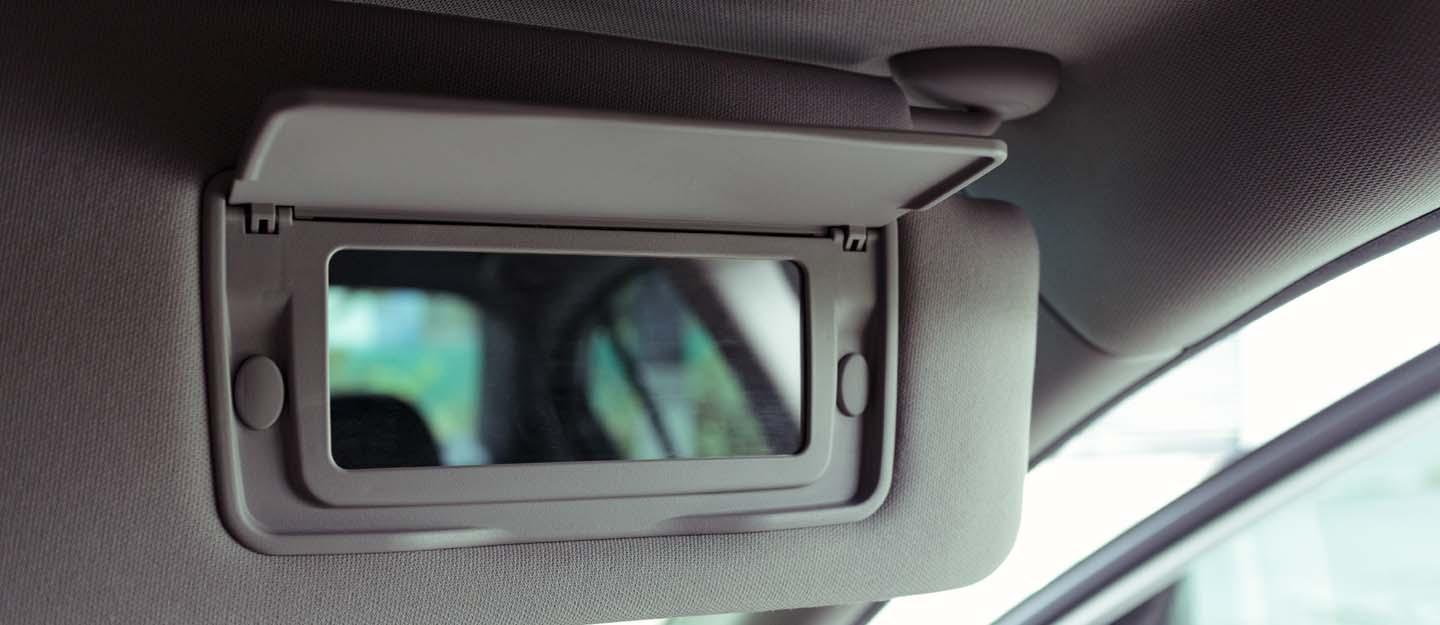The automotive sun visor is an indispensable component of vehicle interiors, providing comfort and safety by reducing glare and enhancing visibility. With increasing innovations and demand for enhanced driving experiences, the global automotive sun visor market is expected to grow at a CAGR of 2.6% in the forecast period of 2024-2032. This growth is driven by advancements in materials, rising automotive production, and the integration of smart technologies.
Market Overview
Automotive sun visors serve a dual purpose: ensuring driver safety and enhancing in-car comfort. Traditionally, these visors were basic attachments to shield against sunlight, but modern advancements have transformed them into multifunctional components with features such as LCD displays, integrated lighting, and storage compartments.
Factors like increasing vehicle ownership, rising disposable incomes, and the demand for technologically advanced vehicles are contributing to the growth of the sun visor market. Furthermore, the emphasis on passenger comfort and the rise of electric and autonomous vehicles are fueling innovations in this sector.
Market Size
The global automotive sun visor market stood at a significant valuation in 2023 and is projected to grow steadily over the forecast period. The integration of advanced features like digital displays and eco-friendly materials is expected to propel its adoption in both passenger and commercial vehicles.
The market’s consistent growth aligns with the increasing production of vehicles globally, particularly in emerging economies where automotive demand continues to rise.
Market Share
By Component Type:
- LCD Sun Visors: These are gaining traction due to their advanced glare-reduction capabilities and integration with modern infotainment systems.
- Conventional Sun Visors: Despite technological advancements, traditional visors hold a considerable share due to their cost-effectiveness and simplicity.
By Material Type:
- Fabric: Dominates the market for its lightweight and cost-efficient properties.
- Vinyl: Known for durability and ease of cleaning, vinyl remains a preferred choice in premium vehicles.
- Others: Emerging eco-friendly and composite materials are gaining attention for their sustainability benefits.
By Sales Channel:
- OEM (Original Equipment Manufacturer): Leads the market due to its direct integration into new vehicles.
- Aftermarket: Witnessing growth due to rising demand for customization and replacements.
By Vehicle Type:
- Passenger Vehicles: Account for the largest share, driven by high production volumes and consumer preference for enhanced comfort.
- Commercial Vehicles: Growth in long-haul transportation has increased the demand for effective sun visors.
Market Trends
1. Technological Advancements
The shift towards smart sun visors equipped with LCD panels has transformed the functionality of this component. These visors use light-dimming technologies to improve visibility and reduce glare dynamically.
2. Sustainable Materials
With the growing emphasis on sustainability, manufacturers are exploring the use of recycled and eco-friendly materials, reducing environmental impact while meeting regulatory standards.
3. Customization Demand
Consumers increasingly prefer personalized interiors, pushing manufacturers to offer sun visors with customized features, designs, and materials.
4. Electric and Autonomous Vehicles
The rise of electric and self-driving cars has created new opportunities for integrating advanced features into sun visors, including digital displays and augmented reality functionalities.
Market Analysis
SWOT Analysis:
- Strengths: Rising demand for vehicles, technological advancements, and cost-effective manufacturing processes.
- Weaknesses: Limited adoption of advanced visors in cost-sensitive markets.
- Opportunities: Expansion in emerging markets and growth in electric vehicle production.
- Threats: Fluctuations in raw material prices and competition from low-cost alternatives.
Porter’s Five Forces Analysis:
- Bargaining Power of Suppliers: Moderate, due to limited specialized material suppliers.
- Bargaining Power of Buyers: High, as manufacturers cater to specific consumer demands.
- Threat of New Entrants: Low, given the technical expertise required.
- Threat of Substitutes: Low, as sun visors are essential in vehicles.
- Competitive Rivalry: High, due to the presence of multiple established players.
Market Segmentation
Component Type:
- LCD sun visors cater to premium markets with advanced glare-control capabilities.
- Conventional visors remain popular for their affordability and wide applicability.
Material Type:
- Fabric and vinyl dominate, with emerging alternatives focusing on eco-friendly solutions.
Sales Channel:
- OEMs account for a major share, with aftermarket segments catching up due to replacement demand.
Vehicle Type:
- Passenger vehicles lead due to higher production, while commercial vehicles show steady growth.
Market Growth
The automotive sun visor market is set to grow due to several driving factors:
- Increased Automotive Production: Rising vehicle ownership in developing countries.
- Technological Innovations: Enhanced features like LCD displays and integration with ADAS.
- Consumer Preferences: Growing demand for luxurious and customized interiors.
Recent Developments and Challenges in the Market
Recent Developments:
- Introduction of Smart Visors: Advanced visors equipped with glare-reduction technology.
- Eco-Friendly Initiatives: Adoption of sustainable materials to meet environmental regulations.
- Collaborations: Partnerships between OEMs and material suppliers to innovate new designs.
Challenges:
- Cost Constraints: High production costs for advanced visors limit adoption in budget-friendly vehicles.
- Material Price Fluctuations: Variability in raw material costs impacts pricing strategies.
Key Players in the Market
Several prominent players dominate the global automotive sun visor market, focusing on innovation, sustainability, and cost-efficiency.
Leading Companies:
- Grupo Antolin: A pioneer in interior components, known for its innovative sun visor designs.
- Magna International: Offers advanced visors with a focus on lightweight and durable materials.
- IAC Group: Specializes in premium and eco-friendly interior components.
Upcoming Challenges in Market
The market faces several hurdles, including:
- Intense Competition: Both global and regional players compete fiercely for market share.
- Regulatory Compliance: Stricter regulations on material usage and manufacturing processes.
- Cost-Effectiveness vs. Innovation: Balancing affordability with advanced features remains a challenge.
Competitive Landscape
The competitive landscape is marked by:
- Mergers and Acquisitions: Companies collaborating to expand product portfolios and geographic reach.
- Investments in R&D: Focus on developing advanced and sustainable sun visors.
- Regional Expansion: Players targeting emerging markets to tap into rising vehicle production.
The global automotive sun visor market is poised for steady growth, driven by technological advancements, rising automotive production, and evolving consumer preferences. While challenges like cost constraints and regulatory compliance exist, innovations in smart technologies and eco-friendly materials present significant opportunities for market players.



